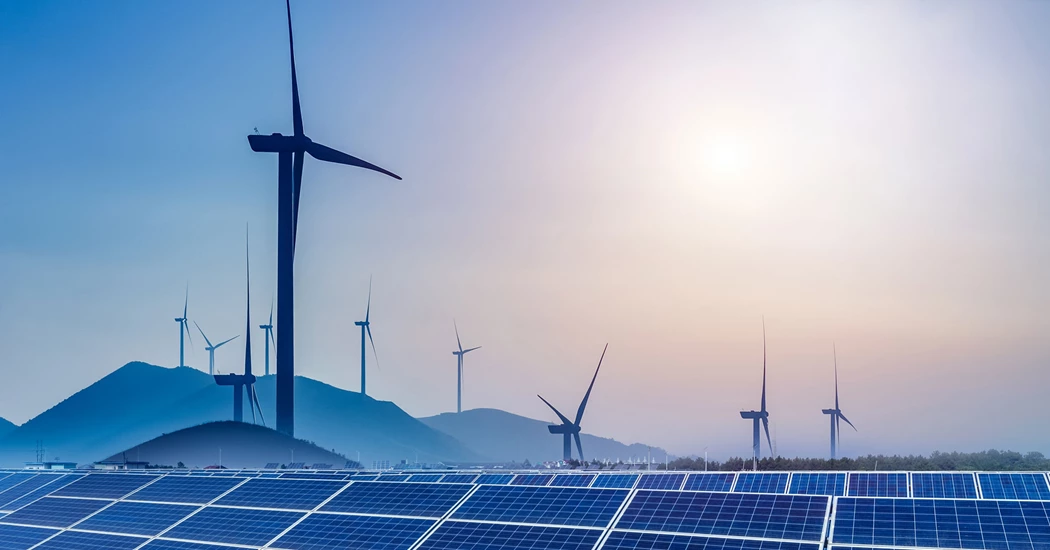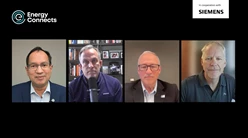World Economic Forum: energy transition gains momentum
The global energy transition is gaining pace in 2025, according to the World Economic Forum’s new Energy Transition Index 2025, and modernising grids for flexibility, storage, and digitalisation is essential to the progress to a low-carbon future. Energy systems are improving, yet progress remains uneven and increasingly exposed to geopolitical and climate pressures, the report found.
This year marks a turning point. Energy performance is up, but long-term readiness is lagging. With demand surging, clean investment growth slowing, and security threats mounting, the road to net zero is far from secure.
Energy performance is rising
The Index, which tracks 118 countries, shows a 1.1% rise in global energy transition scores, the sharpest increase since before the pandemic. Gains in energy access, affordability, and lower emissions were seen across most regions. But for the first time in eight years, performance outpaced readiness, which grew by only 0.8%.
This signals a clear warning: countries are delivering better energy today, but many lack the foundations to sustain that progress. Infrastructure gaps, weak policy frameworks, and limited investment in skills are stalling momentum. Just 28% of countries improved in all three areas, energy security, sustainability, and equity, underlining the need for more joined-up strategies.
Who’s leading in 2025?
Sweden, Finland, and Denmark top the rankings once again, driven by diverse energy mixes, strong governance, and resilient grid systems. China hits a new high at 12th place, powered by major investment in solar, wind, batteries, and electric transport. The US holds 17th, with strong performance in energy security and emissions cuts, but faces challenges in policy coherence and grid upgrades. India continues to rise, boosted by gains in energy efficiency, finance, and renewables.
Emerging markets in Eastern Europe and Asia are narrowing the readiness gap. Many are improving infrastructure, attracting private capital, and strengthening regulations. In Sub-Saharan Africa, several countries are advancing access and reforming tariffs to attract clean energy finance.
Investment hits a record, but growth slows
Clean energy investment hit a record US$2.1 trillion in 2024, double the 2020 level. But growth is slowing, rising just 11% last year, compared to an average 24–29% over the previous three.
That’s a red flag. To stay on track with the Paris Agreement, annual clean energy investment needs to hit US$5.6 trillion by 2030. Rising costs, supply chain pressures, and high interest rates are squeezing financial flows. Many developing countries are still struggling to secure the capital needed to scale renewables and modernise grids.
Without a major increase in global investment, particularly in the Global South, the transition risks deepening inequality and losing political backing.
Rising demand meets rising instability
Global energy demand jumped 2.2% in 2024, the fastest rise in a decade, driven by electrification, data centre growth, population increases, and extreme heat. But energy systems faced multiple shocks. Conflicts across Europe, the Middle East, and Africa rattled fossil fuel markets. Climate disasters disrupted supply chains. CO₂ emissions hit a new record of 37.8 billion tonnes.
These shocks revealed structural weaknesses, especially in countries reliant on imported fuels or single energy sources. Building more flexible, interconnected, and storage-ready grids is now critical.
Clean energy is now a security issue
In 2025, clean energy is no longer just about the climate — it’s central to national security, economic strength, and industrial competitiveness. Countries are racing to localise supply chains, secure critical minerals, and lead in green tech manufacturing.
This shift demands not just innovation, but smarter regulation, new institutions, and huge investment in people and infrastructure. As competition intensifies, so does the risk of fragmentation and uneven progress.
Five actions to stay on track
To stay on track toward energy and climate goals, the World Economic Forum highlights five strategic priorities:
- Countries must provide stable but flexible policy environments to unlock long-term capital.
- Modernising grids for flexibility, storage, and digitalisation is essential.
- Clean energy education and workforce development must be expanded to fill emerging skill gaps.
- Innovation and deployment in hard-to-abate sectors like shipping, cement, and steel need to be accelerated.
- Targeted financing must be directed to developing countries through blended capital models, multilateral support, and regulatory reform.
2025: A make-or-break year for global energy
The takeaway is clear: the world is making real progress, but not fast or fairly enough. Without stronger action, today’s gains could unravel. With smart strategy and coordinated investment, the energy transition can still deliver resilience, prosperity, and shared success.
The next few years will decide whether momentum sticks or stalls. The window for action is still open, but it’s closing fast.






